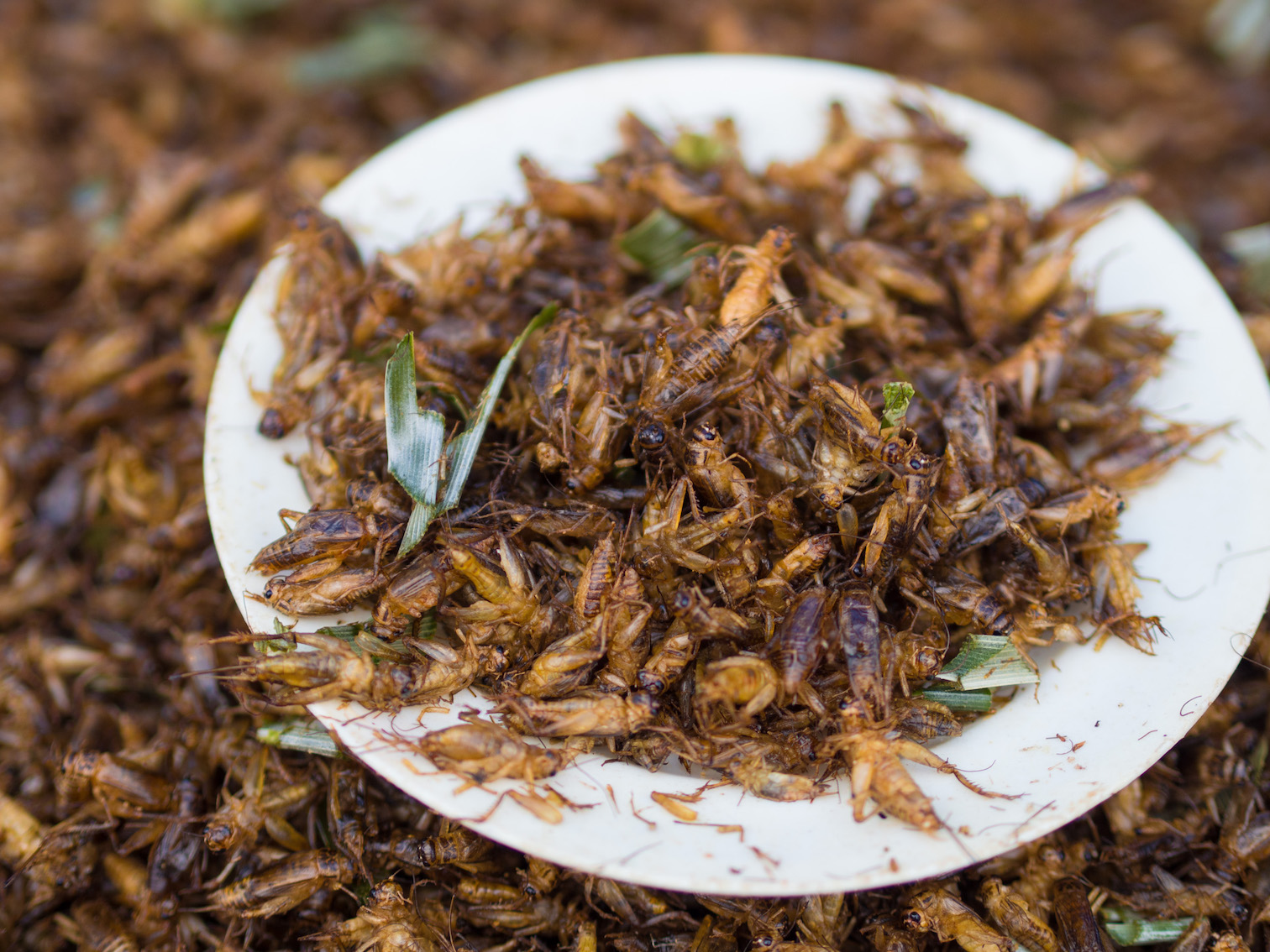New study shows that wild insects “grow old” – losing some of their physical abilities – before they die
04/29/2019 / By Edsel Cook

Humans and crickets have at least one trait in common, according to a recently published U.K. study. As they approach the end of their lives, certain physical capabilities start to diminish in a process some may recognize as “aging.”
Many wild insects have brief lifespans, especially when compared to humans. Field crickets, for example, only live as adults for a few weeks, just long enough for them to mate and reproduce before dying, usually to a predator.
The University of Exeter study is one of the few such efforts that sought to determine if crickets and other short-lived insects also undergo the aging process. Before this, researchers were unsure if the physical abilities of the insects decline over time in the wild.
Many laboratories used insects to study the process of aging. Since these animals lived in artificial environments with plenty of food and no predators, they lived longer lives than their wild counterparts.
Eventually, researchers wondered if the crickets could die of old age in the wild. Then they wondered if the insects would display signs of aging, such as hampered movement and slower reaction speeds. (Related: New research shows that high levels of pollution negatively affect plants and insects.)
The Jiminy Cricket version of The Truman Show
“Just like humans, crickets get old,” said Exeter researcher Dr. Rolando Rodriguez-Munoz, the lead author of the study. “Though we didn’t find evidence of ‘live fast, die young’ in this species, those that put more energy into reproduction early in life showed some signs of faster decline as they aged.”
Rodriguez-Munoz and his colleagues conducted their experiment in a meadow in Spain. They set up an elaborate network of video cameras that allowed them to observe every hour of the fleeting lives of a population of wild crickets. Think of it as the insect version of the theatrical satire The Truman Show.
In a study that lasted 10 years, the researchers watched the crickets survive, reproduce, and age. They evaluated the “reproductive effort” of the animals based on the date an individual cricket emerged from its egg, began calling for mates, and successfully fought off rival crickets and predators.
Rodriguez-Munoz published his team’s findings in the science journal Evolution. Their paper is titled “Testing the effect of early?life reproductive effort on age?related decline in a wild insect.”
Crickets experience aging – and provide a clue why other organisms age
The Exeter researchers did not come across any proof that crickets traded reproductive effort during early life for survival and vice versa. However, they did notice signs of aging in the crickets that put more effort into spawning the next generation of noisy buggers. These aging animals would chirp less often and tended to lose fights with other crickets.
Exeter professor Tom Tregenza was part of Rodriguez-Munoz’s research effort. He noted that biologists have always wondered why living organisms broke down as time wore on.
The previous school of thought put forth was that declining with age is an inevitable thing. However, there are more experts who are coming around to thinking that aging is a deliberate product of evolution.
“Ageing may not be about inevitable decline, but about passing our genes on,” Tregenza theorized. “In other words, we age because — instead of using our energy to maintain ourselves — we put it into reproduction.”
He believed that natural selection prioritized reproduction over survival. Therefore, an animal that could pass on plenty of copies of its genes in the form of children was more likely to get old, thereby making way for the next generation to flourish in its passing.
Sources include:
Submit a correction >>
Tagged Under:
aging, animals, biology, breakthrough, crickets, discoveries, Evolution, insects, natural selection, old age, reproduction, species survival
This article may contain statements that reflect the opinion of the author
RECENT NEWS & ARTICLES
COPYRIGHT © 2017 REAL SCIENCE NEWS





















